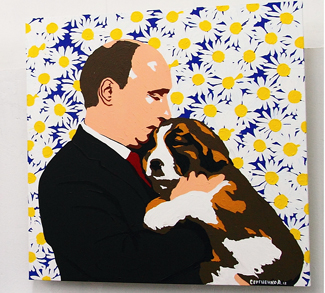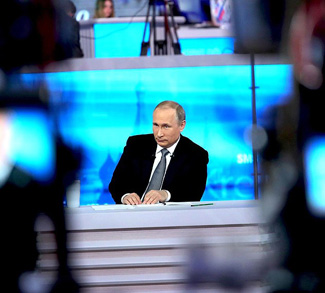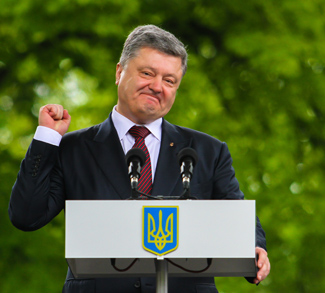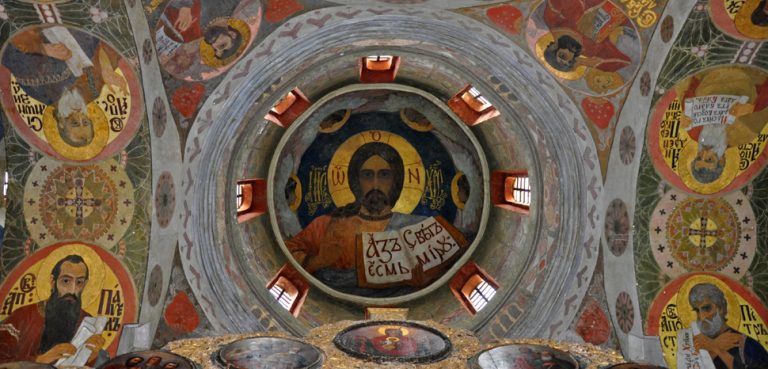Summary
Russia’s broader strategy of managing breakaway conflicts across the former Soviet space is coming under increasing stress. If Russia had previously used the conflicts in Moldova, Georgia and Ukraine to deny\limit the ability of those countries to enter EU/NATO, now Moscow is losing its ability to maneuver in so many diverse conflicts simultaneously. Various players are trying to play their own game independently from Moscow. For example, on July 18, the head of the Donetsk’s self-proclaimed republic Alexander Zakharchenko announced the establishment of a new “state” Malorossiya – Little Russia – without the Kremlin’s consent. In Transnistria, the situation is heating up as Kiev and Chisinau are trying to blockade the breakaway territory and Moscow can do little as it has no direct land or air route. In Abkhazia and South Ossetia, Russian forces watch as NATO exercises take place on Georgian soil, which suggests that, despite the Russian military footprint in the region, Western countries continue to support Georgia.
Surely Russia will remain a dominant military power in the region and the breakaway territories will stay dependent on Moscow’s support. Nevertheless, it will be increasingly difficult for Moscow to successfully pull the strings in several different theaters at once, particularly as the Russia faces its own financial problems, increased Western efforts to confront Moscow’s foreign policy, and disobedience from various separatist leaders.
Impact
Breakaway territories: made in Russia. If Russia has any notion of grand strategy in its recent foreign policy, it is certainly the purposeful creation of conflict zones and their management across the post-Soviet space. The fall of the Soviet Union was indeed a colossal geopolitical setback for Moscow as the country instantly lost portions of land on a scale rarely, if ever, seen in recorded history. But maintaining 11 buffer states (except for the Baltic states of Estonia, Latvia and Lithuania) around Russia has remained a cornerstone of the Kremlin’s foreign policy against Western military and economic encroachment. Russians knew that because of their own country’s low economic potential, the South Caucasus states would inevitably turn to Europe. The same would happen on Russia’s western frontier with Moldova and Ukraine, which have been more susceptible to Western economic and military potential because of geographic proximity and historical interconnections with Europe.




